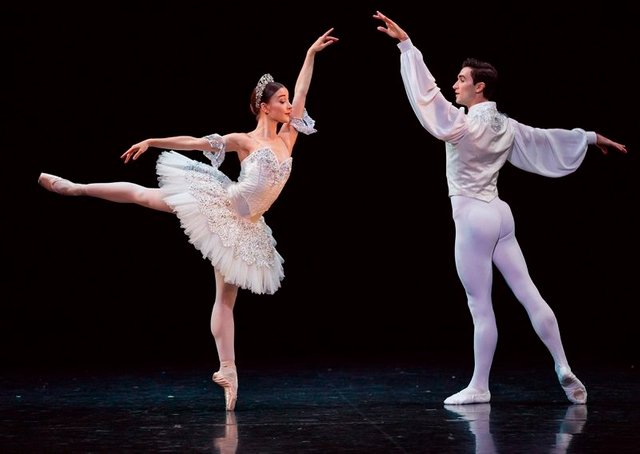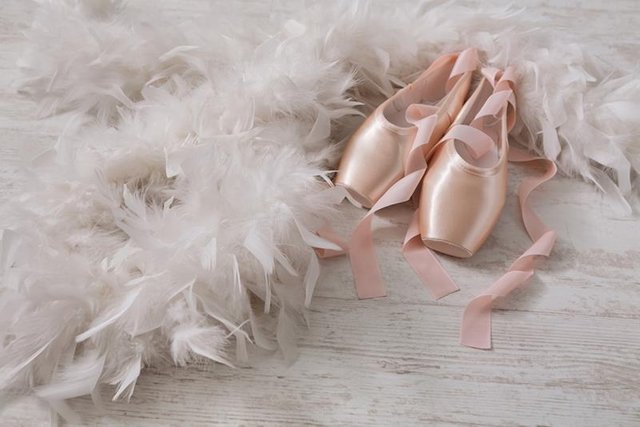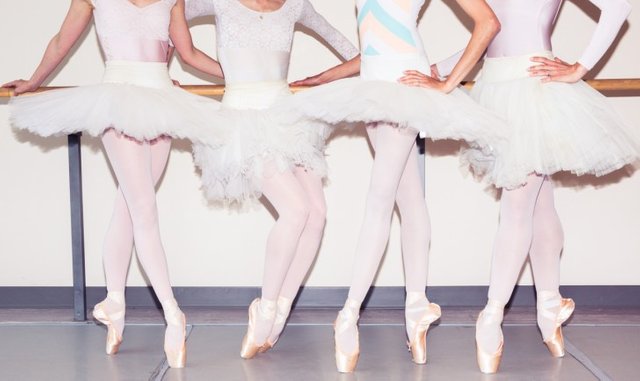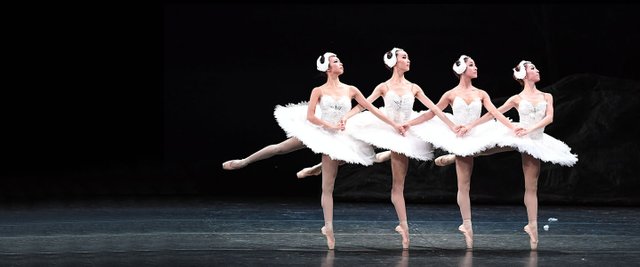Ballet
Hello dear friends… Today I want to talk about Ballet dance that I love it so much. Ballet, as we know it today, began during the Renaissance around the year 1500 in Italy. In fact, the terms "ballet" and "ball" as in masked ball, come from the Italian ballare, to dance. When Catherine de Medici of Italy married the French King Henry II, she introduced early dance styles into court life in France. At first, the dancers wore masks, layers upon layers of brocaded costuming, pantaloons, large headdresses, and ornaments. Such restrictive clothing was sumptuous to look at but difficult to move in. Dance steps were composed of small hops, slides, curtsies, promenades, and gentle turns. Dancing shoes had small heels and resembled formal dress shoes rather than any contemporary ballet shoe we might recognize today.

The official terminology and vocabulary of ballet was gradually codified in French over the next 100 years, and during the reign of Louis XIV, the king himself performed many of the popular dances of the time. Professional dancers were hired to perform at court functions after King Louis and fellow noblemen had stopped dancing.
A whole family of instruments evolved during this time as well. The court dances grew in size, opulence, and grandeur to the point where performances were presented on elevated platforms so that a greater audience could watch the increasingly pyrotechnic and elaborate spectacles. Jump ahead 200 years and take a look at the proscenium stage at the War Memorial Opera House -- the elevation of the stage and dramatic height of the curtained opening will remind visitors of this development first hand.

A male dancer lifts over 1-1/2 tons worth of ballerinas during performances.
A tutu requires 60-90 hours of labour and over 10 metres of net.
Every time a dancer jumps on pointe, three times her body weight is carried on the tip of her big toe.
Many of the costumes used are so delicate that it is impossible to wash them between performances. These costumes are hung up to air between shows and sprayed with freshener.
Dancers rub rosin on their pointes and flats to prevent slipping. It is a yellow crystal substance that cellists, bassists, and violinists rub on their bows to help them play better, and baseball pitchers use to improve their grip on the ball.
Ballet began in Paris, France in 1661. It traveled from there to Italy and Russia, where ballet masters continued to teach and improve upon ballet's methods.
One tutu costs at least $3,000 dollars to make, more intricate tutus can cost a lot more.

In very early ballets, dancers wore masks and heavy costumes that were difficult to move in. It wasn't until the 1720s, when a dancer named Marie Camargo shortened her dress above the ankles, that ballet footwork became more elaborate.
The five basic foot positions were devised in the 18th century by Pierre Beauchamps, ballet master to King Louis XIV of France. He created the positions so that a dancer's weight would be evenly distributed over her feet for any position of the body.
In Italy a male dancer is called a ballerino. In the English speaking world, boys or men who dance classical ballet are usually referred to as (male) ballet dancers.

Such an informative post about ballet! Are you a ballet dancer? I dreamt about to be a ballet dancer when I was young, it is an elegant and beautiful show for me. Indeed, ballerinas need strong determination and perseverance to get the chance to perform it on stage. Ps: Welcome to Steemit community, keep up your good work!:)
thanks for your nice words... I practice ballet twice a week and love it so much...